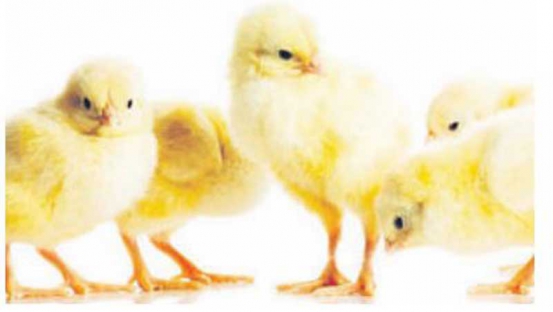×
The Standard e-Paper
Home To Bold Columnists

In one of the previous Smart Harvest editions, we mentioned the importance of sourcing quality first generation/F1 chicks for maximum production. For farmers who have an incubator, the source of good quality fertilised eggs is fundamental. Several farmers have inquired about the benefits and the difference between the different generations of chicks.